I have made another sets of measurements, now with much lower value of parallel load capacitance, namely 141nF and 282nF. So the load is 4.7ohm//141nF and 4.7ohm//282nF. The results are much worse than I have expected.
This all indicates to the fact, that the Ncore high-order feedback loop compensation has been designed taking into account pure resistive load only.
Please make clear for the inexperienced forum readers that your thoughts and measurements are purely academic and have virtually nothing to do with the reality of speaker or tweeter.
It is really disappointing how you try to construct a problem by extreme, unrealistic boundary conditions without pointing it out. With every post you succeed in misleading less experienced readers - this is the opposite of what ASR actually stands for.
Don't get me wrong, I have no problem with your measurements, just with your intention that this is a real problem with real speakers - it's not.
First of all, your examples do not specify the sample rate at which you performed the measurements. In 99% of the cases the power amplifier does not "see" more than CD quality sample rate.
Secondly, the dummy load you used (4.7Ohm resistor with || 142nF capacitor) has nothing at all to do with the behavior of real tweeters.
Below the impedance measurement of your dummy load with display of resistive and imaginary part at 10kHz and 40kHz.
With increasing frequency your dummy load always shows a capacitive behavior.

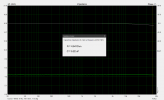
This is opposite to the behavior of normally functioning tweeters, which always show inductive behavior with increasing frequency.
Here are impedance measurements of various tweeters from well-known manufacturers with resistive and imaginary part at 10kHz:
SBAcoustics_SB21RDC-C000-4 (silk dome tweeter)
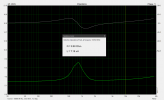
ScanSpeak_D2010-851100 (silk dome tweeter)
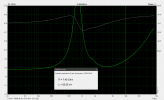
Seas_27TAFC-G (metal dome tweeter)
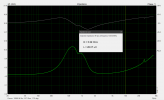
Fountek_NeoCD1.0 (ribbon tweeter)
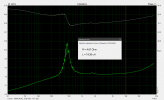
EighteenSound_ND1018BT (compression driver)
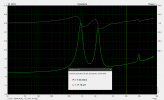 Not a single tweeter shows capacitive behavior towards high frequencies!
Not a single tweeter shows capacitive behavior towards high frequencies!
Now one could object that with passive speakers a high-pass filter comes into play with the tweeter and thus changes the overall behavior.
A filter of first or second order is significantly determined by the series capacitor. A small capacitance for a high crossover frequency and a large capacitance for a low crossover frequency.
Let's just play through two cases of 3.3µF and 10µF capacitors in series with the SBAcoustics SB21RDC-C000-4 tweeter:

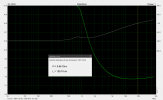
In the case of the high crossover frequency, the tweeter again shows an inductive behavior in the imaginary part above 34kHz.
In the case of a low crossover frequency, the inductive behavior already starts at 18kHz.
So if you are really interested in a realistic dummy load, you would need to add a small air coil in series.
Here is an example 4.7Ohm and 3.3uF in parallel with 0.05mH air coil in series:
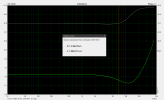
Unfortunately, I don't have any smaller air coils in stock, so the example has a minimum impedance of 2.7 ohms (and the overall behavior is more "extrem").
This corresponds approximately to the behavior of a tweeter in the high frequency range with first or second order high pass.









